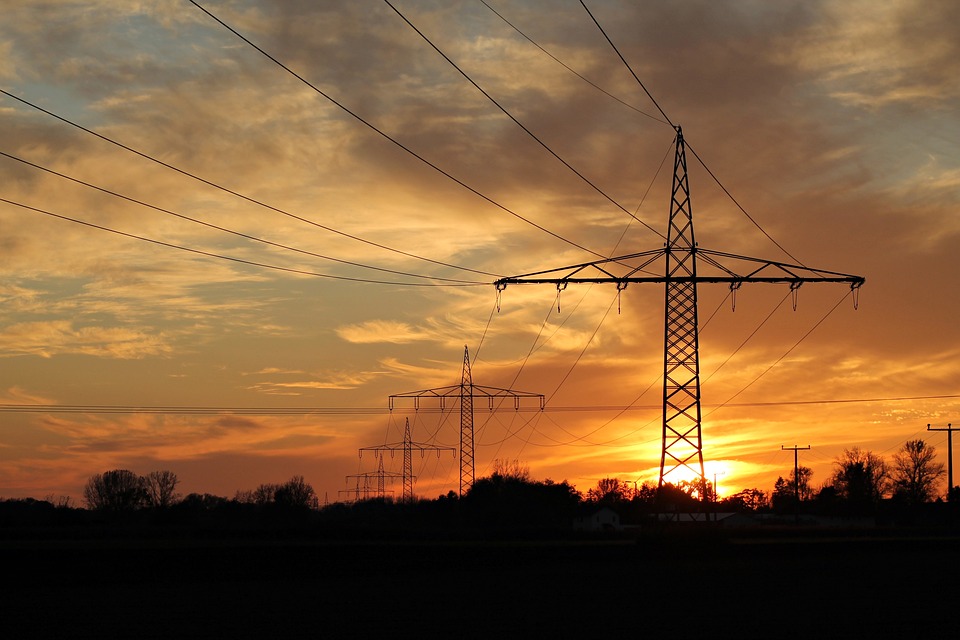Blood in the Heat: How Rising Temperatures Can Set Off a Chain Reaction of Violence and Chaos
As the mercury rises, so do the tensions. The scorching heat of summer can bring out the worst in people, sparking a chain reaction of violence and chaos that can be devastating. But why does this happen? And what can we do to mitigate the effects of heat-induced aggression?
The Science Behind Heat-Related Violence
Research has shown that high temperatures can increase the production of stress hormones like cortisol and adrenaline, leading to feelings of anxiety, irritability, and aggression. When the body is overheated, it can also experience a decrease in serotonin levels, a neurotransmitter that helps regulate mood and behavior. This combination of physiological and psychological factors can create a perfect storm of violence and chaos.
The Chain Reaction of Violence
When one person becomes agitated or aggressive due to the heat, it can trigger a chain reaction of violence and chaos. For example:
- A driver becomes frustrated with traffic congestion and road rage ensues.
- A group of people gathered in a crowded public space become overheated and restless, leading to a fight or altercation.
- A person experiencing heat exhaustion or heat stroke becomes disoriented and aggressive, putting themselves and others at risk.
The Consequences of Heat-Related Violence
The consequences of heat-related violence can be severe and far-reaching. In addition to physical harm and property damage, heat-induced aggression can also lead to:
- Increased emergency response times and resources
- Strained relationships and social cohesion
- Economic losses and decreased productivity
- Long-term psychological trauma and stress
Mitigating the Effects of Heat-Related Violence
While we can’t control the weather, there are steps we can take to mitigate the effects of heat-related violence:
- Stay cool and hydrated: Drink plenty of water, wear light and loose clothing, and stay in air-conditioned spaces.
- Practice stress-reducing techniques: Meditation, deep breathing, and yoga can help reduce stress and anxiety.
- Engage in community-building activities: Organize community events, volunteer, and participate in neighborhood watch programs to foster a sense of community and social cohesion.
- Support heat-related violence prevention initiatives: Advocate for policies and programs that address heat-related violence, such as heat wave early warning systems and community cooling centers.
Image: A graphic illustration of a thermometer rising, with a chain reaction of violence and chaos unfolding in the background. The image could include icons or symbols representing the physiological and psychological effects of heat, such as a stressed-out person, a fight, and a broken thermometer.
FAQs:
Q: Is heat-related violence a new phenomenon?
A: No, heat-related violence has been documented throughout history. However, the frequency and severity of heat-related violence are increasing due to climate change and urbanization.
Q: Who is most at risk of heat-related violence?
A: People who are already vulnerable, such as the elderly, young children, and those with pre-existing medical conditions, are more susceptible to heat-related violence.
Q: Can heat-related violence be prevented?
A: While we can’t eliminate the risk of heat-related violence entirely, we can take steps to mitigate its effects by staying cool, practicing stress-reducing techniques, and engaging in community-building activities.
Q: What can I do to help prevent heat-related violence in my community?
A: Volunteer at a local community cooling center, participate in neighborhood watch programs, and advocate for policies that address heat-related violence.
Q: How can I stay safe during a heat wave?
A: Stay hydrated, wear light and loose clothing, stay in air-conditioned spaces, and check on vulnerable neighbors and friends.



